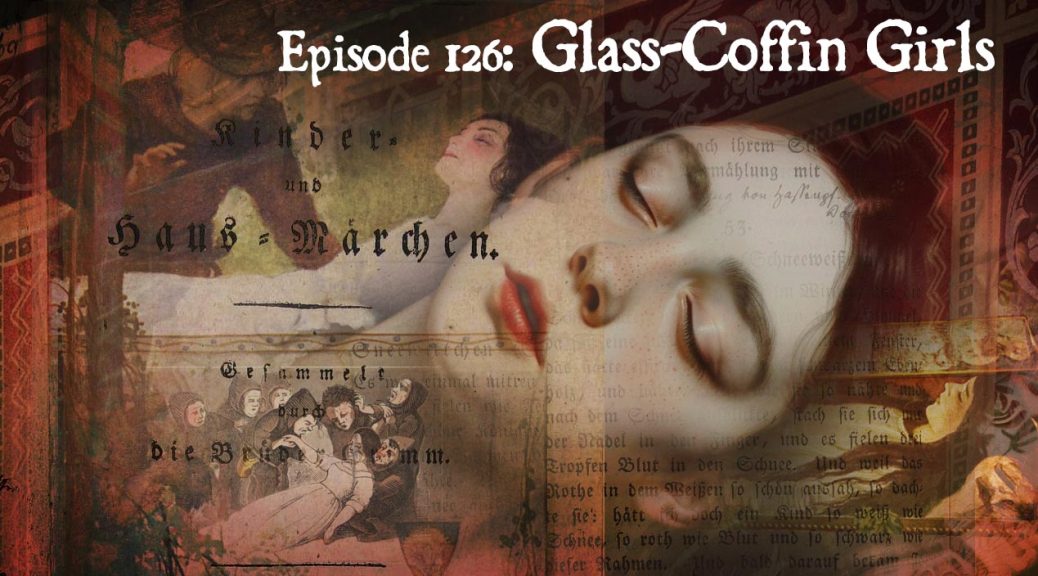
Glass-Coffin Girls
Podcast: Play in new window | Download (Duration: 52:11 — 59.7MB)
Subscribe: Apple Podcasts | Spotify | Android | Podchaser | RSS | More
The story of Snow White, as told by the Brothers Grimm, is only one of many narratives involving girls who have fallen into a deathlike state and are displayed in a glass coffins. In this episode, we examine the sordid details of the Grimm’s original 1812 version of the tale and compare it with analogous stories dating back to the 12th century.
We begin with a review of the Grimms’ original story, many aspects of which have been subsequently muddled and obscured not only by Disney but by later alterations made by the Grimms. These include the identify of the Evil Queen, the malevolence of her intent, the purported benevolence of the Huntsman, and particularly, the nature of Snow White’s resurrection.

After this, we have a look at the immediate predecessor to the 1812 story, a children’s play of the same name by the (unrelated) German author Albert Ludwig Grimm. Though it features dwarves who aid Snow White, a magic mirror addressed in rhyme, poisoned fruit, deception involving the heroine’s purported death, and glass coffin, it proves to be a very different story.
The next tale explored is the 1782 novella Richilde, by the German writer Johann Karl August Musäus. Surprisingly, the title character here, Richilde, is the wicked stepmother rather than her step-daughter Bianca, whose name in Italian (i.e., “white”) might be compared to “Snow White.” Set in medieval Brabant (Belgium), this one has Bianca courted by a prince whom the jealous stepmother hopes to see married to her own daughter. A further complication is presented by the fact that the prince here is already married.

We then take a look at the rarely mentioned Russian story, “The Tale of the Old Mendicants,” (my translation) published in the 1794 collection, An Old Song in a New Setting, or a Complete Collection of Ancient Folk Tales, Published for a lover of them, at the expense of the Moscow merchant Ivan Ivanov (my translation). In this one, the role of the Evil Queen is played by an innkeeper jealous that her guests have complimented the beauty of her daughter rather than her own. The alms-collecting monks of the title are used by the mother to deliver a poisoned shirt to the Snow White character, Olga the Beautiful.
Our next offering comes from the 1634 volume by Neapolitan writer Giambattista Basile, Il Pentamerone, or The Tale of Tales, the very first collection of fairy tales, with which the Brother Grimm were definitely familiar (and one featured in our earlier “Dark Fairy Tales” episodes, both One and Two ). The story in question is “The Little Slave,” which combines elements of Snow White, Sleeping Beauty, and Cinderella. Here, the Snow White character, Lisa, again falls into a death-like swoon and is kept within not one but seven glass coffins in a locked room. The story resolves itself with the aid of a doll, a whetstone, and a knife.

Our earliest story paralleling Snow White, is quite a bit older — from the 12th-century, the Lai of Eliduc by Breton writer Marie de France. While serving a king in England, the Breton knight Eliduc falls in love with his lord’s daughter, Guillardun, who falls into a swoon during an ocean voyage. Eliduc (who is not exactly innocent when it comes to Guillardun’s condition) transports the body of his love back to France and keeps it on the altar of a deserted woodland chapel. In this case, the story resolves itself thanks to a very clever weasel.
After our more detailed examination of these strangely paralleled stories, we take a quick look at the wide range of more recent variants that were committed to print after the Grimms published their work and at a rather ugly controversy that engulfed German town, Lohr am Main, after it claimed to be the birthplace of the Snow White Legend.
Our episode ends with Mrs. Karswell’s reading a particularly dark and brutal tale about seven dwarves collected by Swiss historian and folklorist Ernst Ludwig Rochholz in his 1856 volume, Swiss Legends of the Aargau.




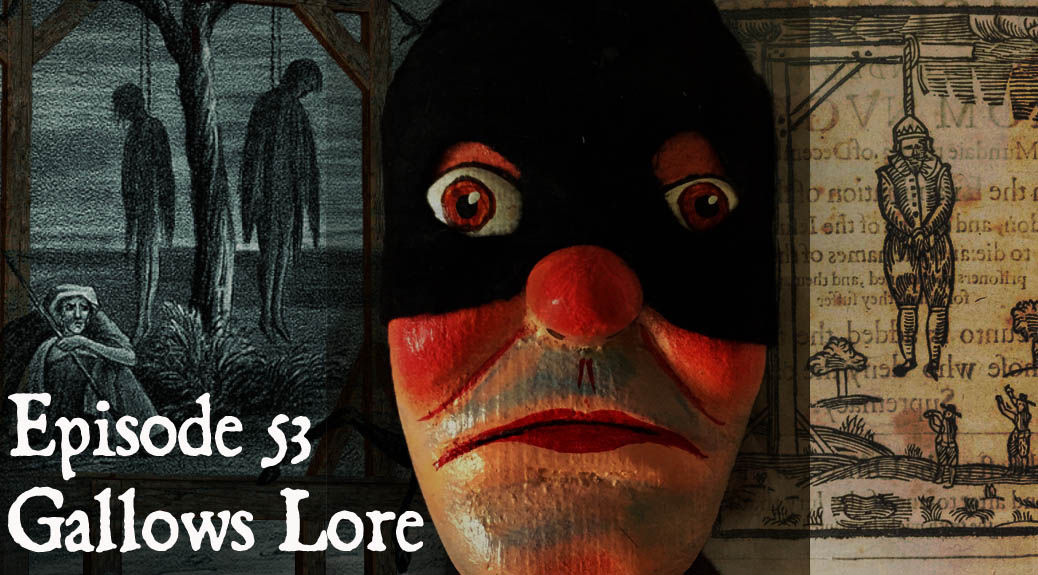





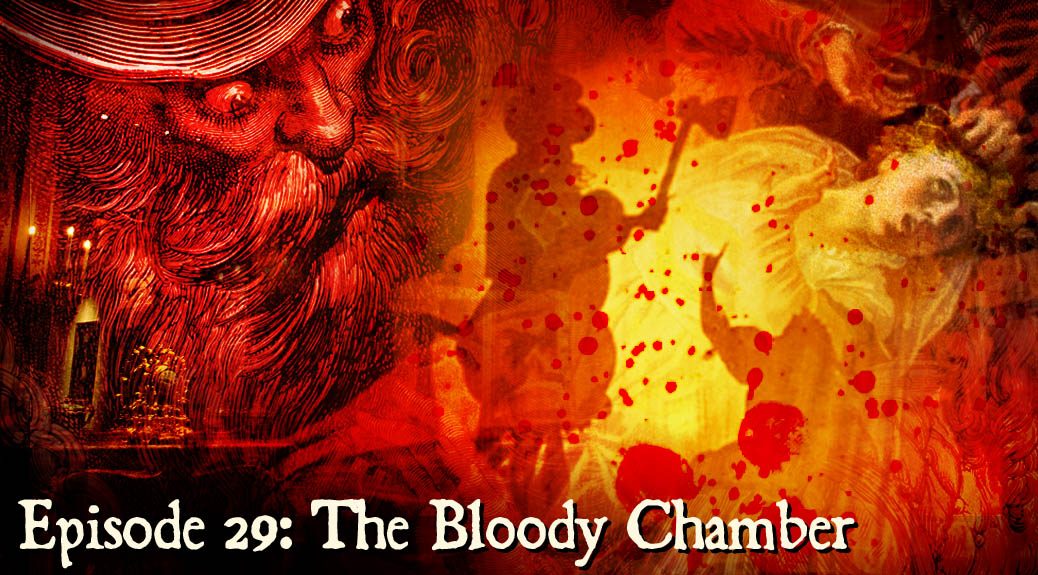



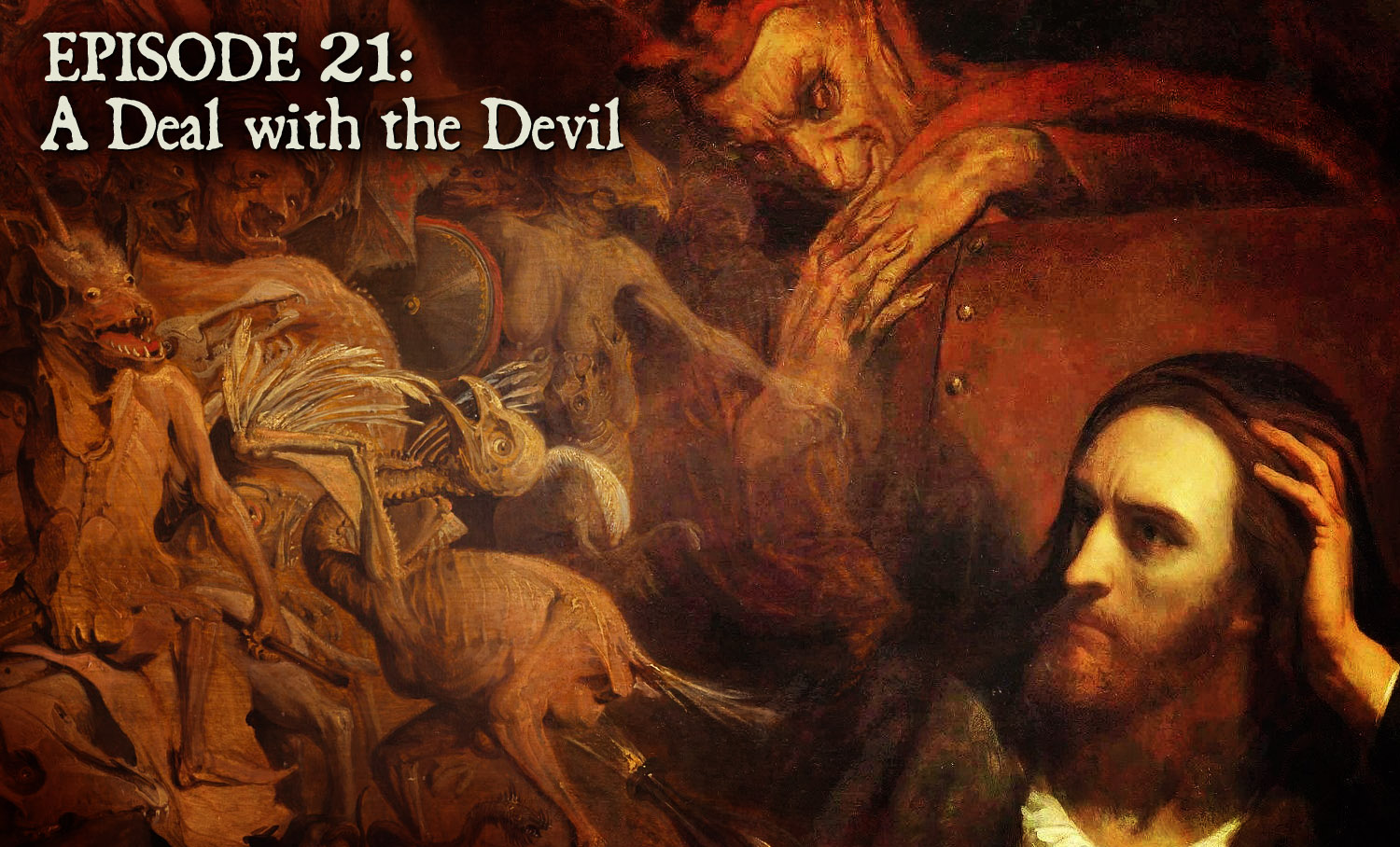




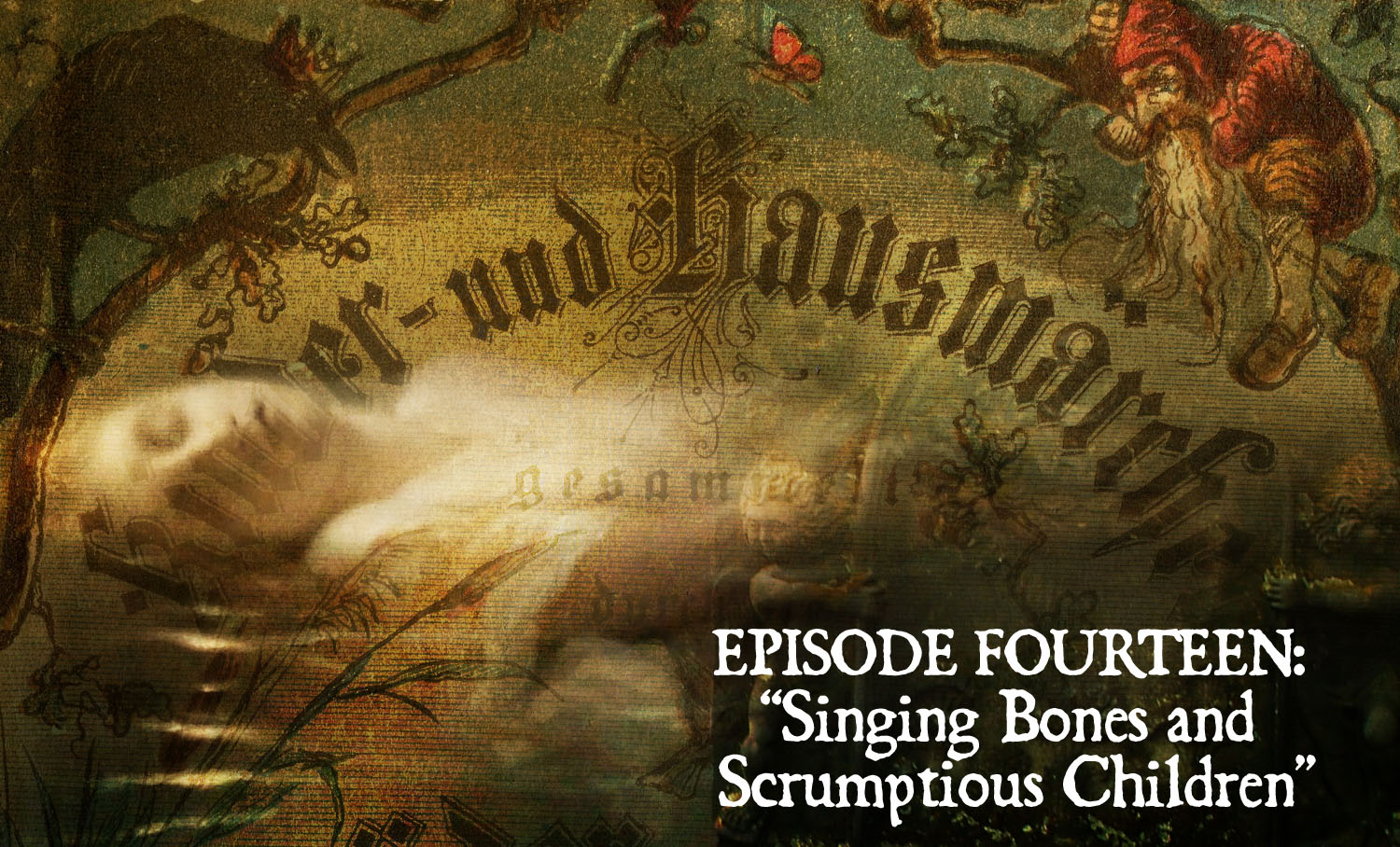
 We then have a look at “The Juniper Tree” published in 1812 in the original edition of Grimm’s collection Children’s and Household Tales, that is, what we call Grimm’s Fairy Tales. The grisly tale would never lend itself to the Disney treatment, though it did serve, extremely loosely, as inspiration for
We then have a look at “The Juniper Tree” published in 1812 in the original edition of Grimm’s collection Children’s and Household Tales, that is, what we call Grimm’s Fairy Tales. The grisly tale would never lend itself to the Disney treatment, though it did serve, extremely loosely, as inspiration for 
